When it comes to alternative investing strategies, I honestly can’t think of a guest I’m more happy to feature than Julian Klymochko.
As the CEO, CIO and founder of Accelerate, he’s assembled a roster of some of my favourite alternative ETFs that are available for Canadians.
I’m especially a huge fan of the 10-1 alternative asset allocation fund ONEC ETF and multi-factor focused long-short equity HDGE ETF.
For full disclosure I’m long HDGE, ARB, ATSX and ONEC!
I quite honestly couldn’t imagine my portfolio without these key puzzle pieces.
But today we’ll be zeroing in on the alternative investment strategy of arbitrage.
Specially, we’ll be discussing in detail ARB ETF.
It’s better known as Accelerate Arbitrage Fund.
With this in mind, let’s turn things over to Julian!
source: Meb Faber Show on YouTube
Meet Julian Klymochko of Accelerate
I was born in Winnipeg, Manitoba, Canada.
Unlike Warren Buffett, I didn’t buy my first stock when I was 11 years old!
I didn’t get interested in business and investing until university.
I graduated with degrees in engineering and finance (weird, right?) and joined the investment banking division of BMO Capital Markets out of school where I gained experience advising on mergers and acquisitions.
After my time in investment banking, I joined a hedge fund and began my career as a professional investor and arbitrageur in 2009.
I cut my teeth on closed-end fund arbitrage, merger arbitrage and convertible arbitrage.
Over time, we managed additional mandates including volatility arbitrage, SPAC arbitrage and multifactor long-short investing.
In 2015, I won the award for the #1 hedge fund in Canada from the Canadian Hedge Fund awards.
I’m the founder, CEO and Chief Investment Officer of Accelerate, a leading provider of alternative investment solutions.
Accelerate helps investment advisors, institutions and individual investors diversify their investment portfolios, manage risk, and improve their portfolio’s risk-adjusted returns.
I am a CFA charterholder and serve on the board of directors of the CFA Society Calgary.

Review Of The Strategy Behind ARB ETF (Accelerate Arbitrage Fund) with its creator Julian Klymochko

Hey guys! Here is the part where I mention I’m a travel content creator! This “The Strategy Behind The Fund” interview is entirely for entertainment purposes only. There could be considerable errors in the data I gathered. This is not financial advice. Do your own due diligence and research. Consult with a financial advisor.
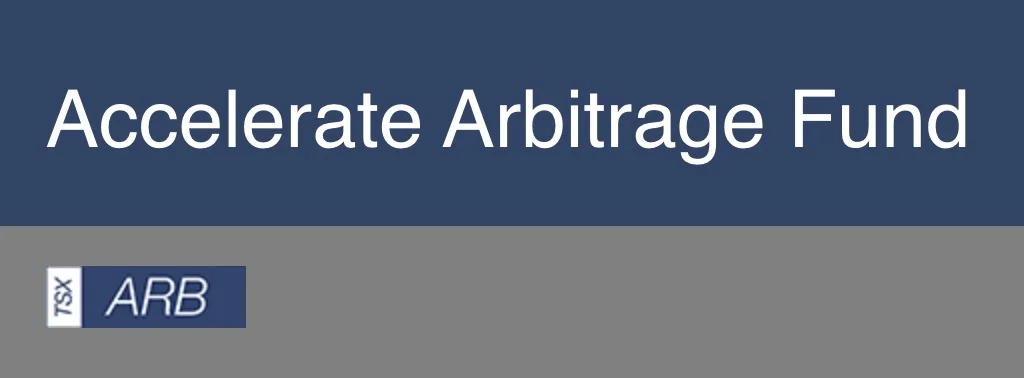
These asset allocation ideas and model portfolios presented herein are purely for entertainment purposes only. This is NOT investment advice. These models are hypothetical and are intended to provide general information about potential ways to organize a portfolio based on theoretical scenarios and assumptions. They do not take into account the investment objectives, financial situation/goals, risk tolerance and/or specific needs of any particular individual.

What’s The Strategy Of ARB ETF?
For those who aren’t necessarily familiar with an “arbitrage style” of investing, let’s first define what it is and then explain this strategy in practice by giving some clear examples.
Obligatory Buffett quote: “Give a man a fish and you will feed him for a day. Teach a man to arbitrage and you will feed him forever.”
Arbitrage is the practice of taking advantage of price differences between markets to make a profit.
This is done by buying and selling identical or similar financial instruments or commodities in different markets or in derivative forms to exploit the price difference.
The goal of arbitrage is to profit from the price difference without assuming significant risk.
One of the most popular arbitrage strategies is merger arbitrage.
Merger arbitrage is an investment strategy that capitalizes on the spread between a company’s current share price and the consideration paid for its acquisition in the context of an announced merger transaction.
The merger arbitrageur seeks to profit from buying a takeover stock at a discount to its acquisition price.
Example: In February 2022, Cummins announced the friendly acquisition of Meritor for $36.50 cash per share, representing a 48.0% premium to its unaffected share price.
After the announcement, Meritor’s shares traded at $35.47 per share, leaving a 2.9% gross spread.
If an arbitrageur bought Meritor shares on the first day after the announcement, they would have generated a 6.5% annualized return over the next 162 days until the deal closed.
This return was generated in a low-risk and low-volatility fashion, even as the S&P 500 declined precipitously.
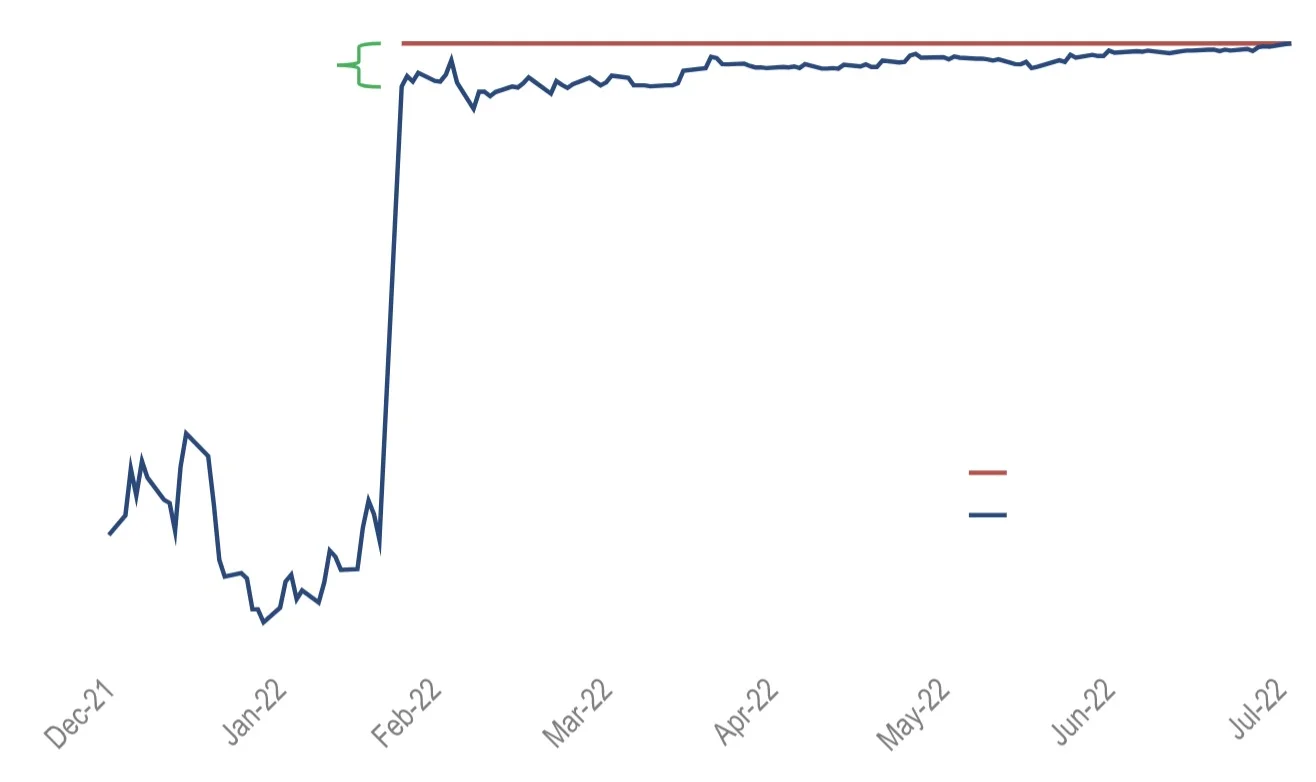
Arbitrage is considered an alternative investment strategy because it is generally uncorrelated with stocks and bonds, and aims to generate consistent, positive returns irrespective of the market environment.
Given these features, it is typically viewed as an attractive portfolio diversifier.
source: Accelerate Financial Technologies Inc channel on YouTube

Unique Features Of Accelerate Arbitrage Fund ARB ETF
Let’s go over all the unique features your fund offers so investors can better understand it.
What key exposure does it offer?
Is it static or dynamic in nature?
Is it active or passive?
Is it leveraged or not?
Is it a rules-based strategy or does it involve some discretionary inputs?
How about its fee structure?
Accelerate Arbitrage Fund is a TSX-listed ETF that trades under the ticker symbol ARB.
ARB focuses on SPAC and merger arbitrage.
SPAC arbitrage involves buying a pre-deal SPAC below NAV and redeeming/selling at or above NAV while profiting on the difference between these two values.
Merger arbitrage involves buying a merger target company’s stock below the consideration value and profiting on the difference between the consideration paid for the target company’s shares upon deal closing.
The Fund aims to generate high-single-digit returns with low volatility and low risk.
It is a diversified, systematic, and actively managed portfolio.
ARB offers a 3.1% distribution yield (via capital gains). It is modestly leveraged at approximately 1.5x. ARB has a management fee of 0.95%, no performance fee and carries a low risk rating.
ARB has some unique capabilities that retail investors typically do not have access to, including SPAC IPOs and long-short arbitrage spread investments.

What Sets ARB ETF Apart From Other Alternative Funds?
How does your fund set itself apart from other alternative funds being offered in what is already a crowded marketplace?
What makes it unique?
Arbitrage is a very unique and specialized investment strategy. It requires four main attributes to be successful:
- A skilled and experienced portfolio manager
- Diversification
- Leverage
- Flexibility
Most other arbitrage ETFs in the market are run passively via an index, and therefore do not have necessary attributes to manage the strategy for success.
Source: Accelerate Financial Technologies Inc channel on YouTube

What Else Was Considered For ARB ETF?
What’s something that you carefully considered adding to your fund that ultimately didn’t make it past the chopping board?
What made you decide not to include it?
We have stayed away from convertible arbitrage given its tremendous leverage and blow-up risk.
In addition, we never go long a merger arbitrage investment that requires a vote from the acquiror’s shareholders.
This creates blow-up risk that I detailed in my memo, “The First Time I Lost $1 Million”

When Will ARB ETF Perform At Its Best/Worst?
Let’s explore when your fund/strategy has performed at its best and worst historically or theoretically in backtests.
What types of market conditions or other scenarios are most favourable for this particular strategy?
On the other hand, when can investors expect this strategy to potentially struggle?
A diversified merger arbitrage portfolio aims to attain a return of cash +3-5%.
Therefore, expected returns are high when short term interest rates are high.
Arbitrage is a relatively consistent performing strategy.
I have been running our arbitrage strategy since 2012, and have had several years of double-digit returns.
Our best year was 2020, in which ARB returned +29.8%.
Our worst year was 2022 when ARB fell -1.5%.

Why Should Investors Consider Accelerate Arbitrage Fund ARB ETF?
If we’re assuming that an industry standard portfolio for most investors is one aligned towards low cost beta exposure to global equities and bonds, why should investors consider your fund/strategy?
In 2022, we learned that a 60% stock and 40% bond portfolio is no longer diversified.
In a rising rate environment, stocks and bonds become highly correlated, and therefore more diversification is needed.
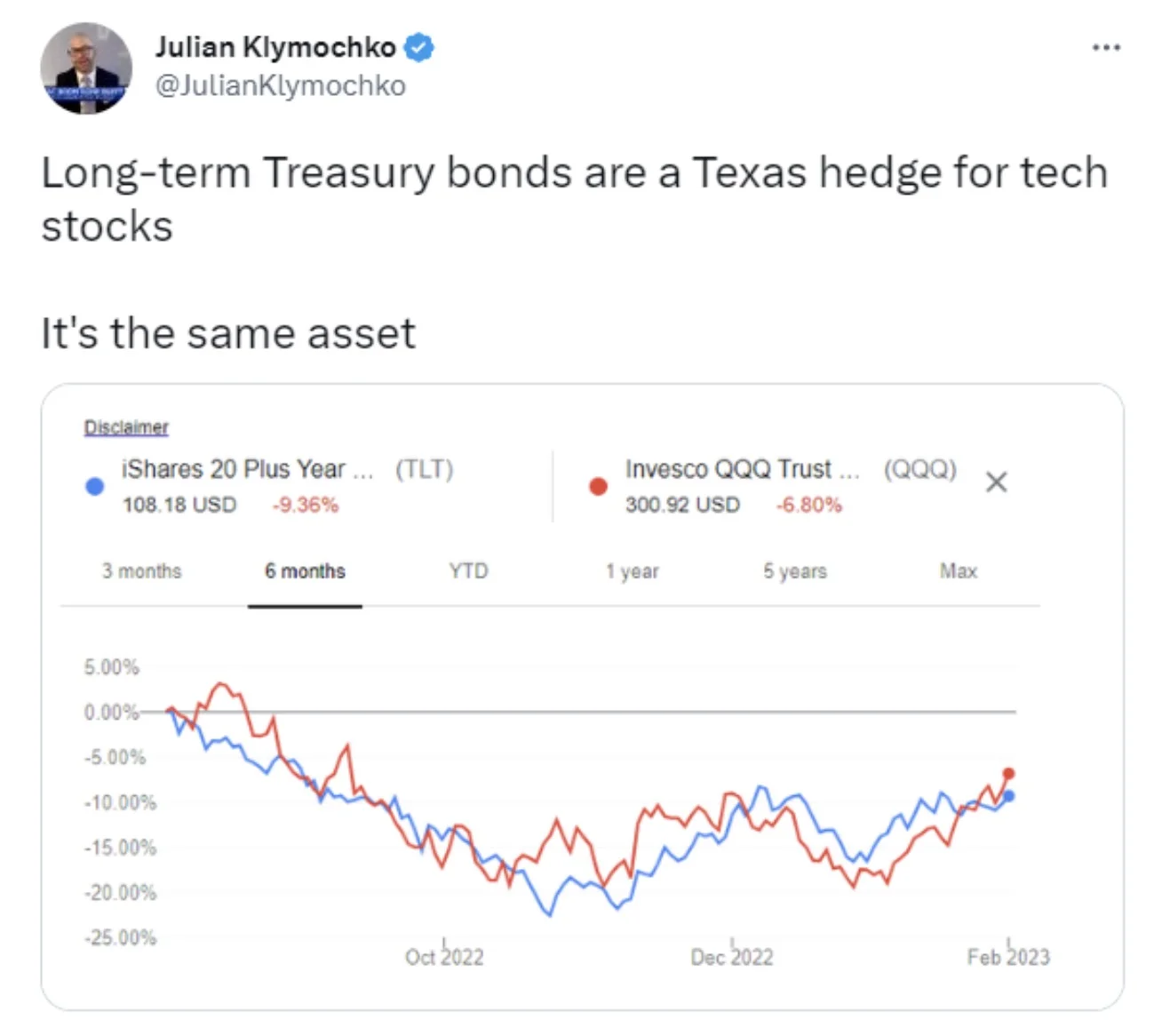
They say that diversification is the only free lunch in investing.
We believe that an example of a balanced portfolio would be 50% stocks, 30% bonds and a 20% sleeve of alternative investments.
Alternative investments can perform when both stocks and bonds are falling, and therefore can result in higher returns with lower risk.

How Does ARB ETF Fit Into A Portfolio At Large?
Let’s examine how your fund/strategy integrates into a portfolio at large.
Is it meant to be a total portfolio solution, core holding or satellite diversifier?
What are some best case usage scenarios ranging from high to low conviction allocations?
Arbitrage is used as a satellite portfolio diversifier, and typically represents 5-10% of an investor’s portfolio.
Arbitrage is one of the most popular hedge fund strategies and almost always serves as the core of a diversified portfolio of alternatives.
Including arbitrage in a portfolio can help lower drawdowns, mitigate volatility and may result in higher risk-adjusted returns.

The Cons of ARB ETF
What’s the biggest point of constructive criticism you’ve received about your fund since it has launched?
Arbitrage is more than just a movie starring Richard Gere.
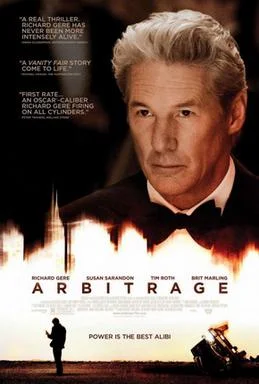
Many people don’t understand arbitrage so we try to simplify it as much as possible.
In addition, given its low-risk nature, arbitrage returns can be pretty boring.
We’re looking to hit singles, not home runs.
Therefore, it’s not the sexiest of investment strategies.
If we can generate 50-100bps of return per month, we’re happy.

The Pros of ARB ETF
On the other hand, what have others praised about your fund?
Compared to stocks, bonds and alternative investments, arbitrage has been the most consistent investment strategy over the long-term.
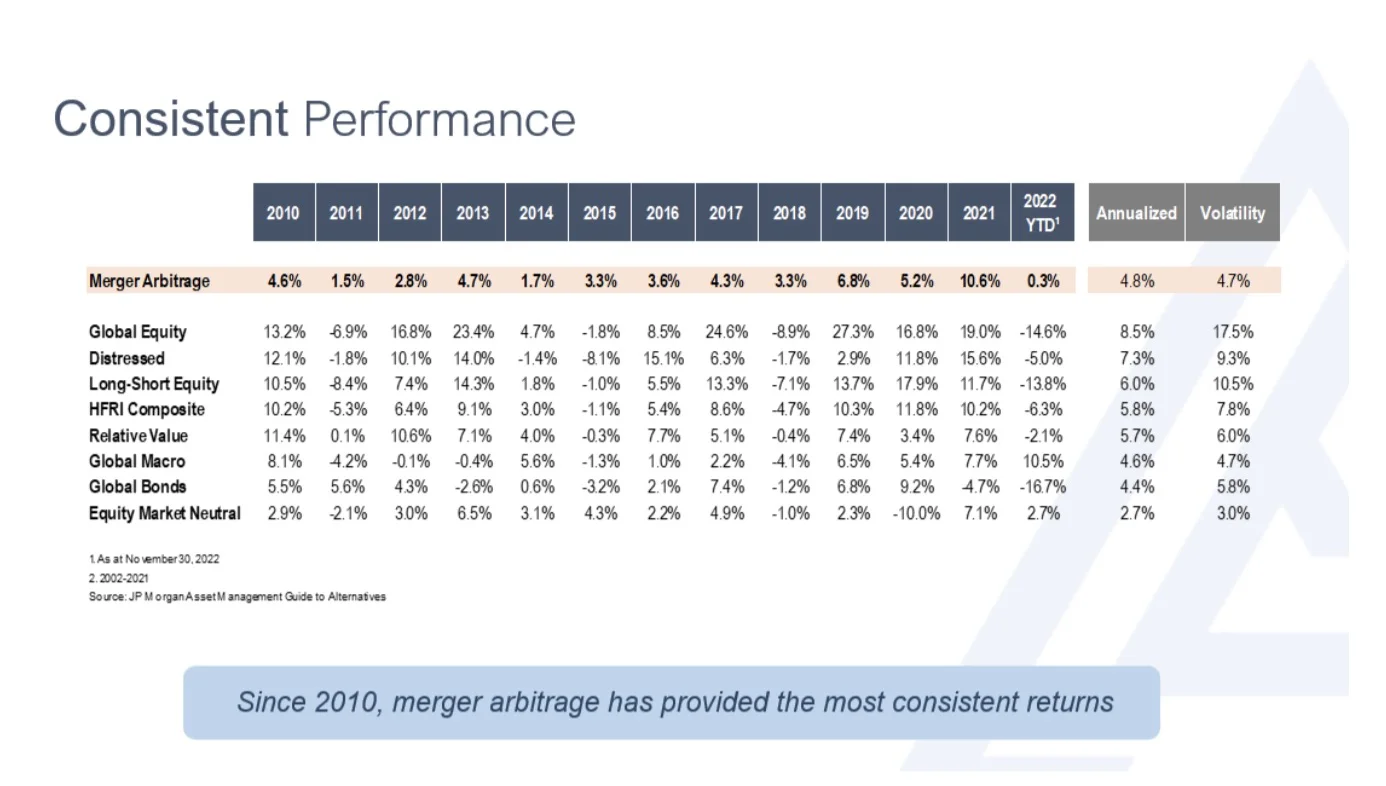
It is unlikely that an investor will suffer a large drawdown in arbitrage, given its low risk and consistent nature.
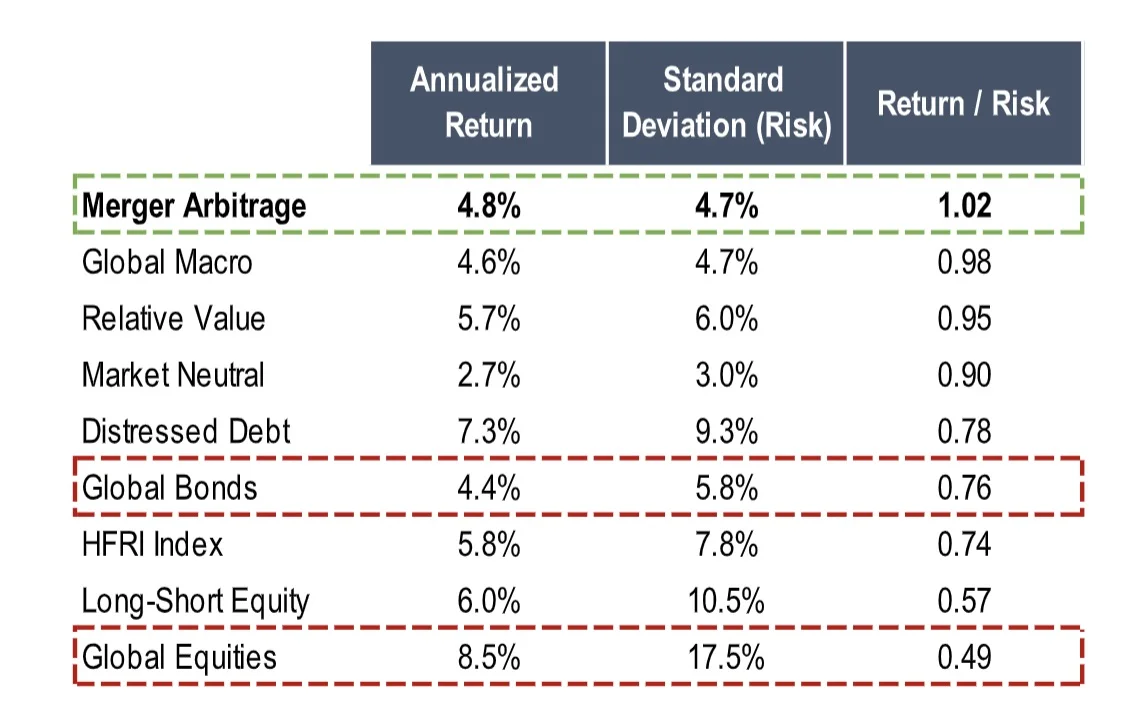

Arbitrage Offers Attractive Returns With Lower Risk Compared To Bonds
We’ll finish things off with an open-ended question.
Is there anything that we haven’t covered yet that you’d like to mention about your fund/strategy?
Since the returns of arbitrage are priced off of a spread to the risk-free rate, many allocators view arbitrage as a fixed-income alternative.
Compared to bonds, arbitrage has generated far higher returns with lower risk.
In addition, it can be more tax-efficient (depending on the investors tax situation).
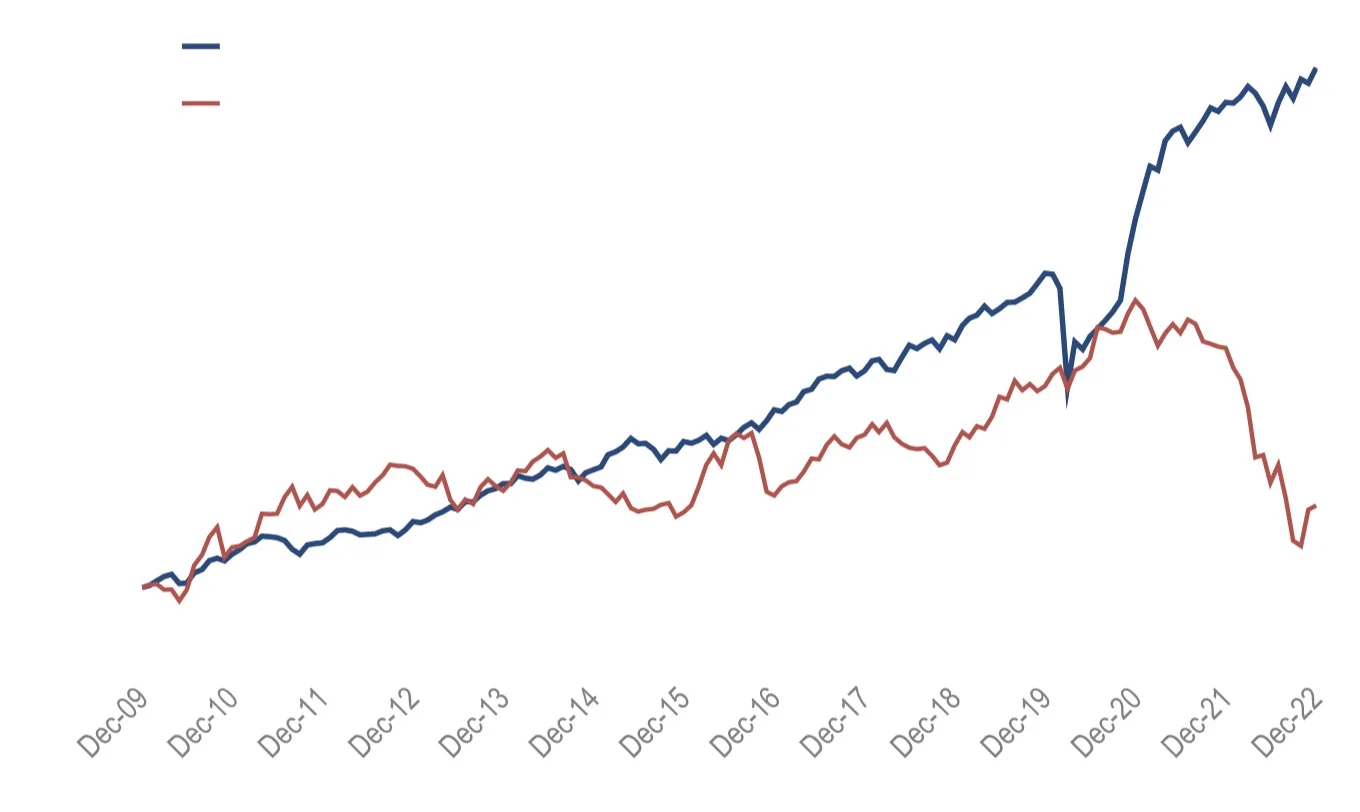
Here is ARB’s performance as compared to the bond index:
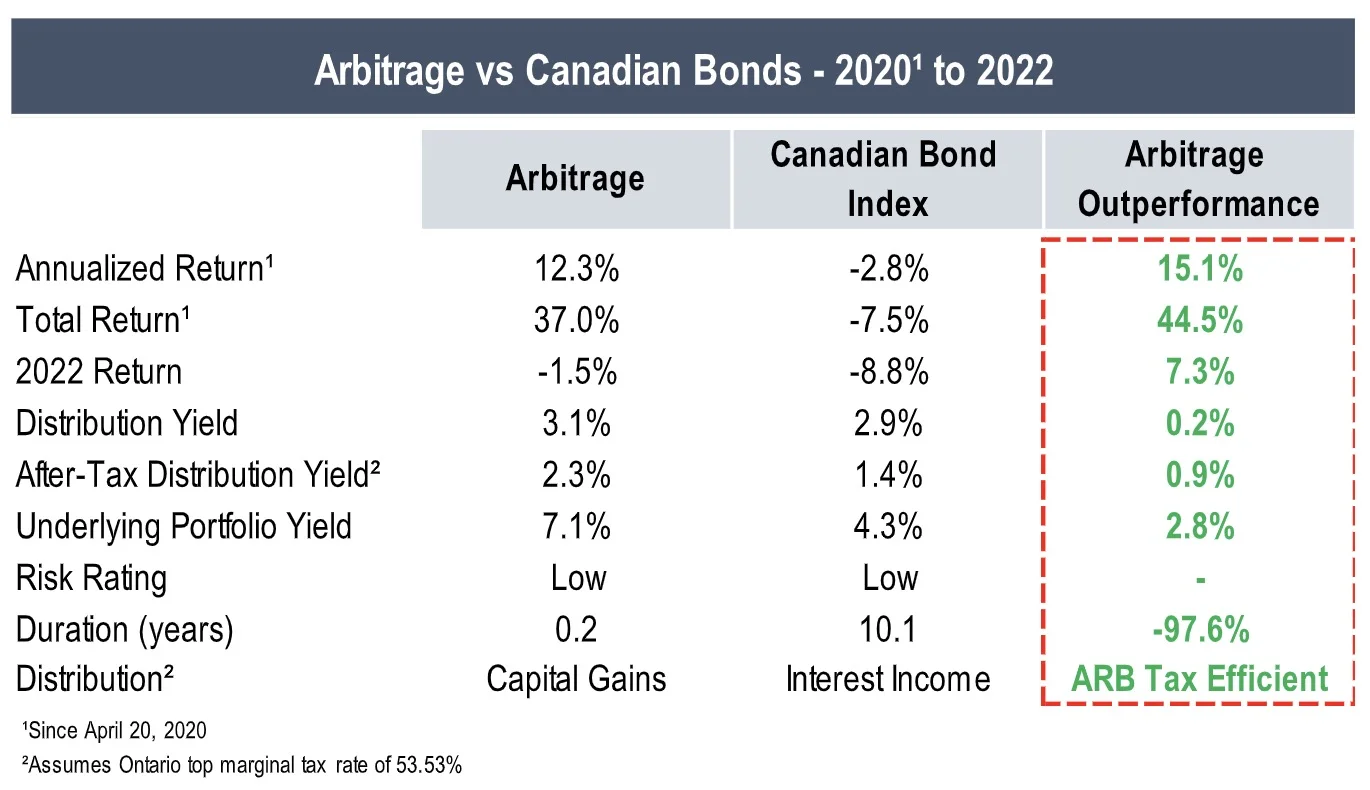
Arbitrage is a rapidly growing, although still niche, asset class.
Total AUM in arbitrage funds globally is $111.4 billion.
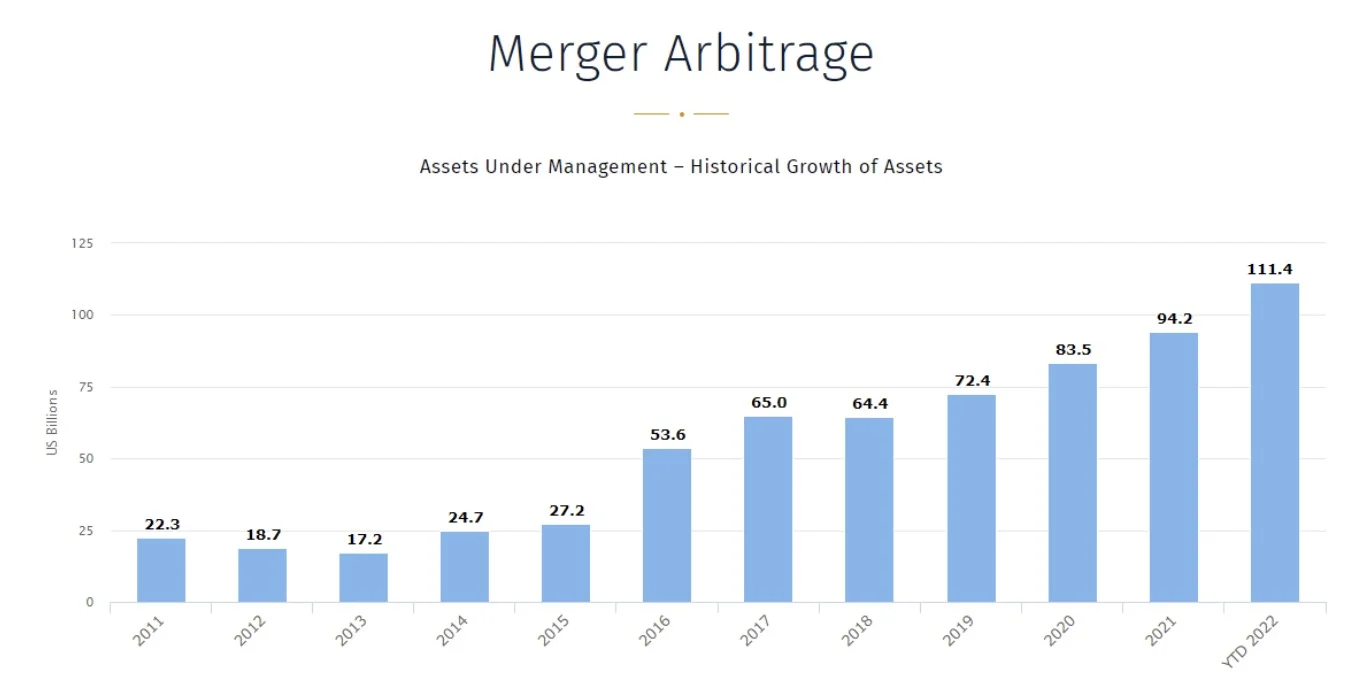
Many don’t know, but if you look at Warren Buffett’s track record, his best returns were generated through arbitrage back when he ran his hedge fund (Buffett LP) and the early days of Berkshire Hathaway (which started out as an arbitrage investment).
Despite its positive attributes, arbitrage still remains underallocated by the vast majority of investors.
I’m admittedly biased, but I think most investors should give the strategy a consideration for their portfolio!
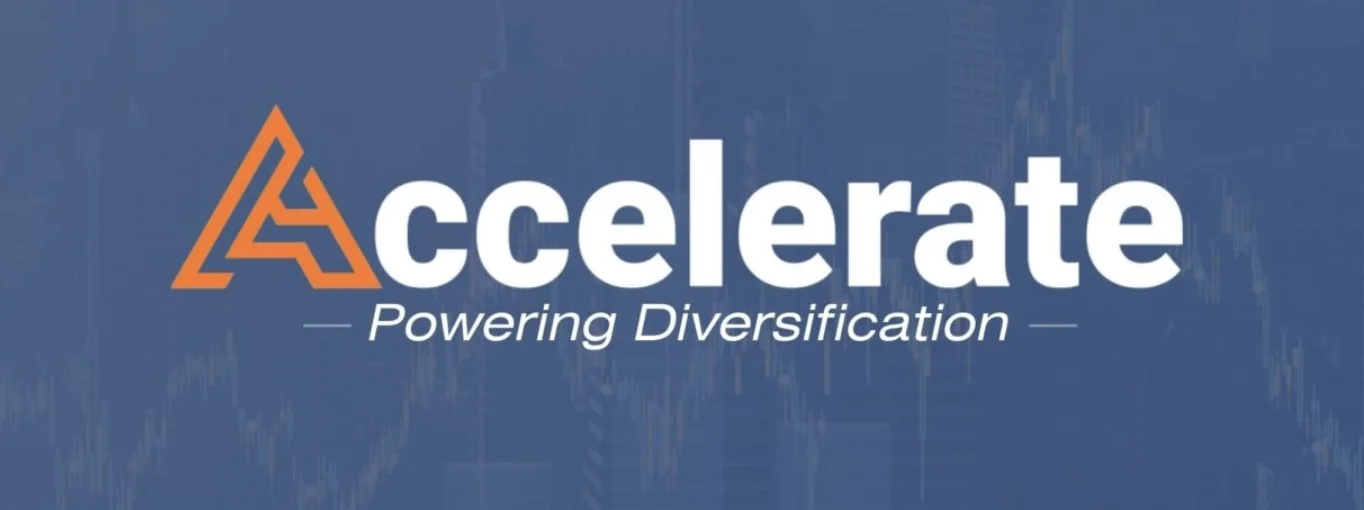
12-Question FAQ: ARB ETF (Accelerate Arbitrage Fund) — Strategy, Use-Cases, Risks, and Portfolio Fit
What is ARB ETF in one sentence?
A TSX-listed, actively managed arbitrage ETF focused primarily on merger arbitrage and SPAC arbitrage, aiming for steady, low-volatility returns.
What is “arbitrage” in this context?
Exploiting price gaps between a target’s trading price and the deal’s consideration (merger arb) or between a SPAC’s market price and its trust/NAV (SPAC arb), seeking to harvest the spread with controlled risk.
How does merger arbitrage work?
After a deal is announced, the target usually trades below the take-out price; ARB seeks to buy the target and capture the spread when the deal closes, diversified across many transactions.
How does SPAC arbitrage work?
Purchase pre-deal SPACs near/below trust value and redeem/sell at or above NAV; the spread, plus T-bill-like trust yield, is the return driver with limited market beta.
Is ARB active or passive?
Active. The portfolio is diversified, systematic, and opportunistic, rather than tracking an index.
Does ARB use leverage or shorting?
Yes—modest portfolio leverage (~1.5×) and the ability to implement long/short spread trades where appropriate to express arbitrage views.
What are the return and volatility goals?
Management targets high single-digit returns with low volatility and a low risk profile relative to broad equity markets.
What are the fees and distributions?
Management fee: 0.95% (no performance fee).
Distributions: has paid a distribution (~3.1% historically, sourced largely from capital gains); amounts can vary over time.
When does ARB tend to do well or struggle?
Favorable: When short-term rates are higher (cash + spread dynamic), healthy M&A/SPAC pipelines, and stable deal completion environments.
Challenging: Broad episodes where equities, bonds, and credit all re-price and deal risk spikes, or when idiosyncratic deal breaks cluster.
How might investors use ARB in a portfolio?
As a satellite diversifier (commonly ~5–10%) to smooth returns, lower drawdowns, and add a return stream with low correlation to traditional stock/bond beta.
What sets ARB apart from other arbitrage funds?
Professional arbitrage specialization, active selection, diversification, flexibility (including long/short spread trades), and access to opportunities retail investors typically can’t source directly (e.g., SPAC IPOs).
What are the key risks?
Deal breaks, regulatory/financing risk, spread blowouts, liquidity risk, leverage use, and “boring” return profiles (steady singles, not home runs). As with any strategy, outcomes are not guaranteed.
Connect With Julian Klymochko of Accelerate
If investors want to find out more, they can follow me on Twitter @julianklymochko or visit our website AccelerateShares.com.

Nomadic Samuel Final Thoughts
I want to personally thank Julian for taking the time to participate in the “The Strategy Behind The Fund” series by contributing thoughtful answers to all of the questions!
Julian was also a guest for the “Investing Legends” series (Merger Arbitrage And Long-Short Equity Investing With Julian Klymochko) which I recommend checking out.
If you’ve read this article and would like to have your fund featured, feel free to reach out to nomadicsamuel at gmail dot com.
That’s all I’ve got!
Ciao for now!
Important Information
Comprehensive Investment Disclaimer:
All content provided on this website (including but not limited to portfolio ideas, fund analyses, investment strategies, commentary on market conditions, and discussions regarding leverage) is strictly for educational, informational, and illustrative purposes only. The information does not constitute financial, investment, tax, accounting, or legal advice. Opinions, strategies, and ideas presented herein represent personal perspectives, are based on independent research and publicly available information, and do not necessarily reflect the views or official positions of any third-party organizations, institutions, or affiliates.
Investing in financial markets inherently carries substantial risks, including but not limited to market volatility, economic uncertainties, geopolitical developments, and liquidity risks. You must be fully aware that there is always the potential for partial or total loss of your principal investment. Additionally, the use of leverage or leveraged financial products significantly increases risk exposure by amplifying both potential gains and potential losses, and thus is not appropriate or advisable for all investors. Using leverage may result in losing more than your initial invested capital, incurring margin calls, experiencing substantial interest costs, or suffering severe financial distress.
Past performance indicators, including historical data, backtesting results, and hypothetical scenarios, should never be viewed as guarantees or reliable predictions of future performance. Any examples provided are purely hypothetical and intended only for illustration purposes. Performance benchmarks, such as market indexes mentioned on this site, are theoretical and are not directly investable. While diligent efforts are made to provide accurate and current information, “Picture Perfect Portfolios” does not warrant, represent, or guarantee the accuracy, completeness, or timeliness of any information provided. Errors, inaccuracies, or outdated information may exist.
Users of this website are strongly encouraged to independently verify all information, conduct comprehensive research and due diligence, and engage with qualified financial, investment, tax, or legal professionals before making any investment or financial decisions. The responsibility for making informed investment decisions rests entirely with the individual. “Picture Perfect Portfolios” explicitly disclaims all liability for any direct, indirect, incidental, special, consequential, or other losses or damages incurred, financial or otherwise, arising out of reliance upon, or use of, any content or information presented on this website.
By accessing, reading, and utilizing the content on this website, you expressly acknowledge, understand, accept, and agree to abide by these terms and conditions. Please consult the full and detailed disclaimer available elsewhere on this website for further clarification and additional important disclosures. Read the complete disclaimer here.





